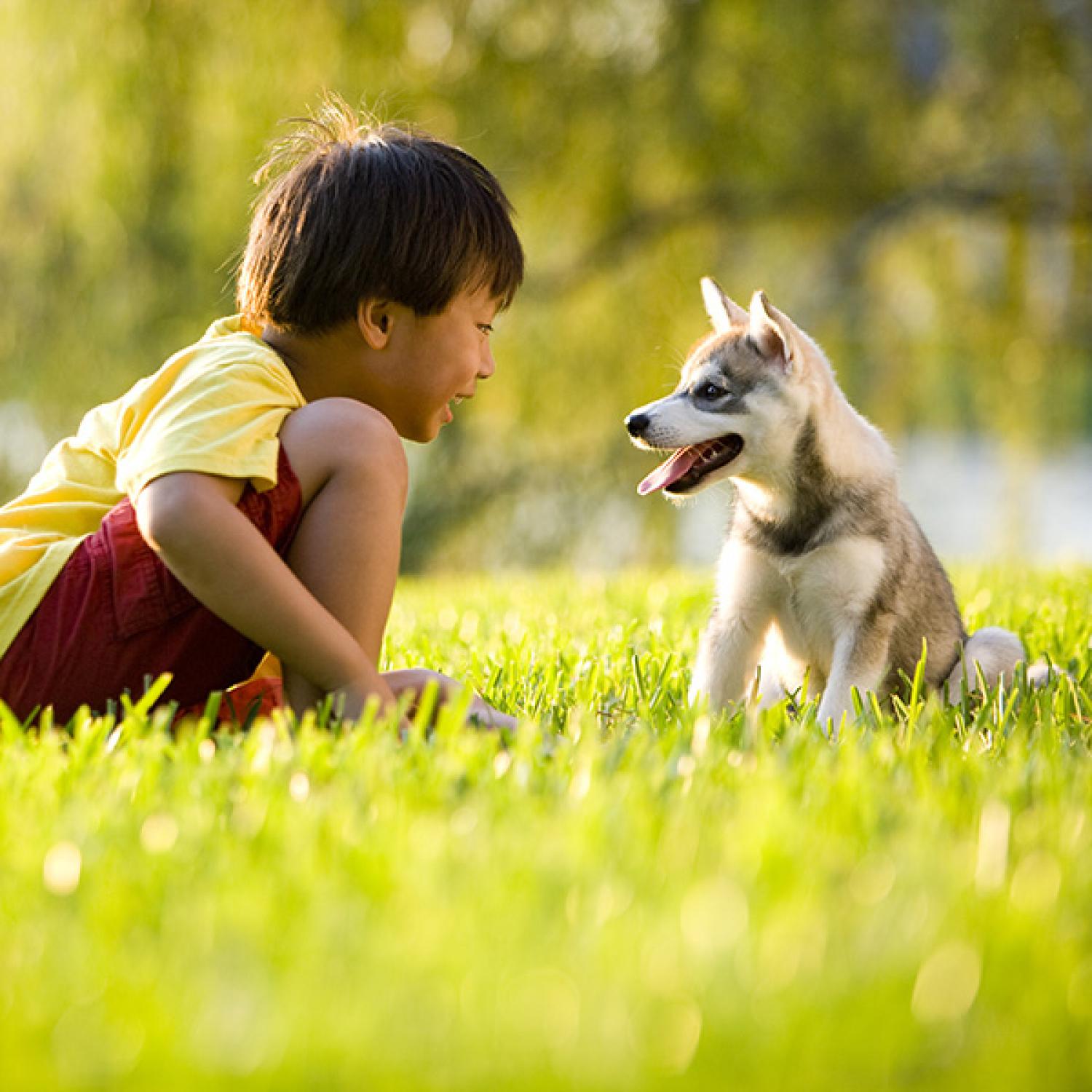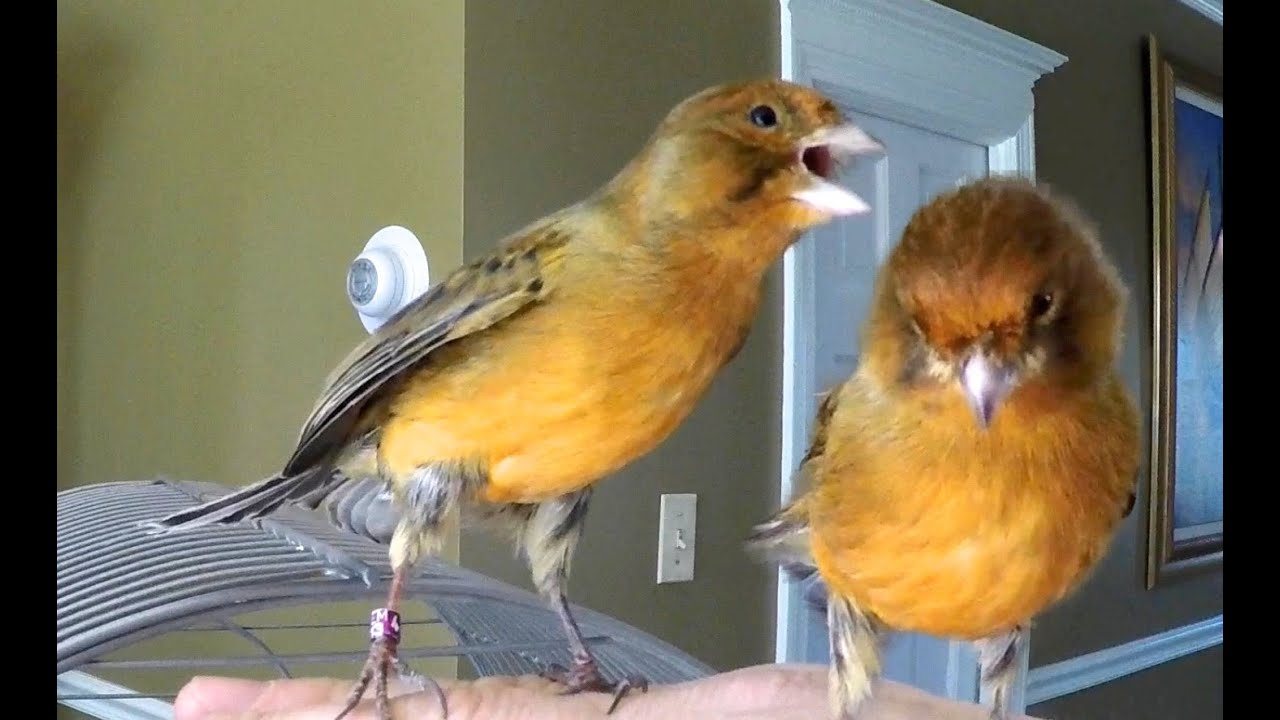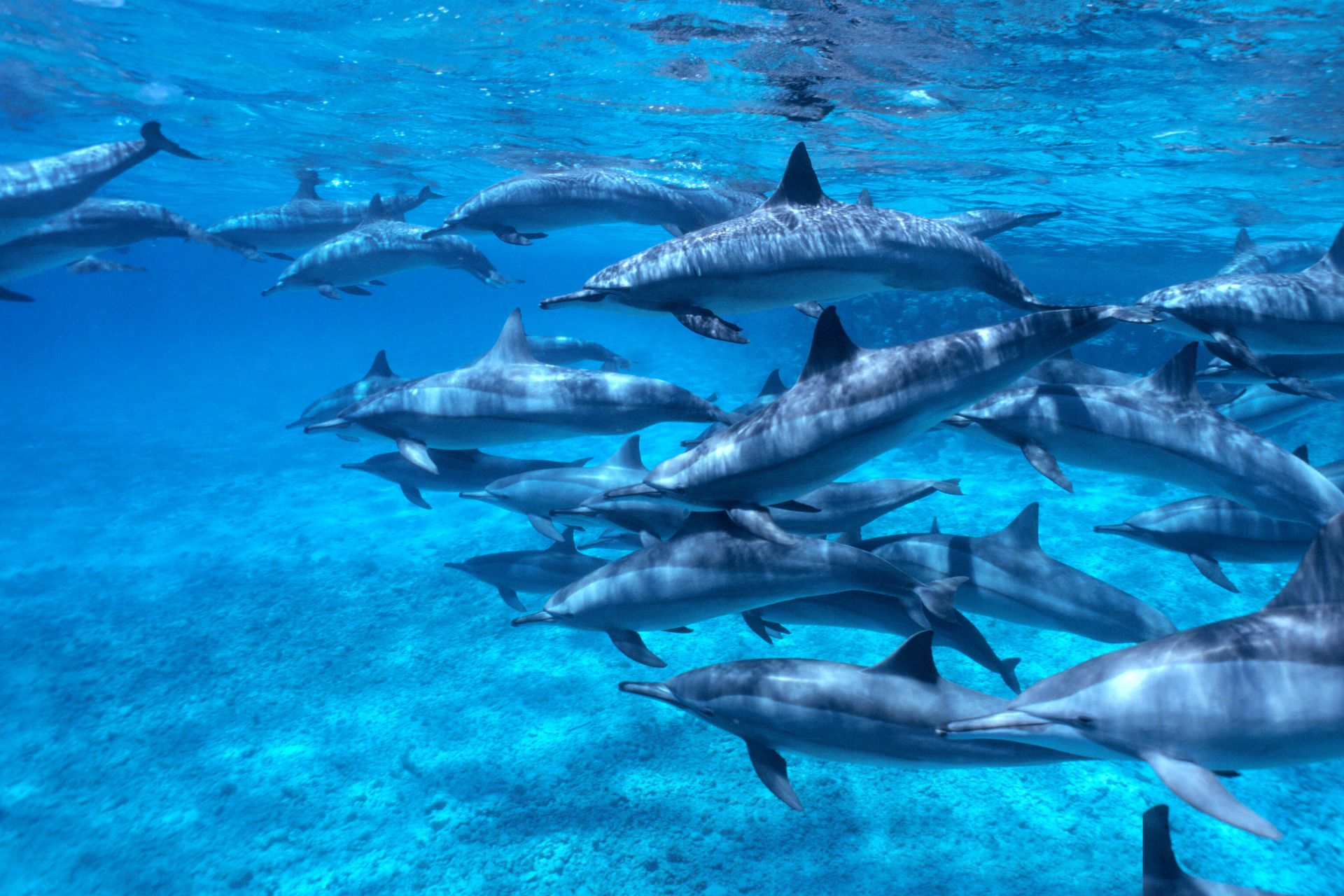Helloooo and welcome to another Daily Fun Fact From Flora ,
Today we’re gonna have a little look at vocal learning.
The ability for animals to learn vocalisations from each other can be seen in a few different species , but not as many as you think. Now, the exact number of species really depends on how you define vocal learning but here we’re gonna say that if an animals can:
imitate the sounds of another of its own speciesimitate the sounds of a different speciesimitate a totally artificial sound
then it’s a vocal learner.
Obviously we humans can do this and the only other species that we think can are bats , cetaceans (that’s your lovely whales and dolphins), elephants , songbirds , parrots and pinnipeds (that’s seals and sea lions).
That’s it.
Of course other species can communicate with each other in complicated ways and transfer information to each other, but they can’t learn novel vocalisations. We’re pretty unique in that respect. If you think of a dog, yes you can teach it what the word “sit” means, but it can’t say it back to you and expect you to do the same. Hence — not a vocal learner.

Good luck pal — you’re gonna be there for a while.
Now humans and songbirds are the best studied examples and they use a pretty fan technique of learning. What we do is we listen to the incoming sound and we make an acoustic model in our head that basically forms a template that we can try and match with our mouths.
It’s not a perfect system straight away and it takes time. That’s why babies babble and songbirds make noises that are known as " subsongs" that are their babbling equivalent which I think is totally fucking adorable.
Now this all requires some pretty intense neural machinery (big brain flex)which needs a lot of energy and so there need to be some pretty big advantages to having this vocal learning ability to make it worth maintaining.
This might sound stupid given how important learning and communication is in our lives today. Imagine the whole of human society trying to go about its business without verbal language — it would result in a shit show that would put the pandemic to shame.
BUT that is an advantage that comes about when everyone is a vocal learner. That pushes for evolution to maintain our ability to learn vocalisations, but what drove it in the first place? What advantages do you get from vocal learning when it’s just you who knows how to do it?
Thank God you asked.
Boy have I got some hypotheses for you.
The
Sexy Song Hypothesis (I know biologists are great)
Both vocal learners and non-learners use vocalisations to attract mates (met my boyfriend in choir just saying). These vary a lot in complexity.
I mean frogs just kind of shout really loudly — the equivalent of SEXY MAN OVER HERE LOOKING FOR SEXY LADY FUN TIMES
Whilst humpback whales construct elaborate songs that change throughout the singing season. In fact you can see that whale song types tend to move from East to West in the southern Pacific even though the whales themselves don’t relocate and we have NO IDEA WHY. I mean look at this sexy graphic. Each colour represents a different song type and the populations are listed from East to West along the top.

SORRY — getting distracted by whales. Anyways the Sexy Song Hypothesis states that vocal learners have a key advantage over non-learners and that is that they can vary their syntax and their frequency. Birds produce sound using a syrinx (their version of the larynx that we have) and canaries have two of them that can produce sound independently !!
They basically have two voices. Absolute fuckery.
They can use these syrinxes syrinces ? Voice boxes. To produce a huge range of frequency modulations that are genuinely referred to as “ sexy syllables" or “ sexy songs" because they are thought to stimulate oestrogen productionin females.

Get More Snax Hypothesis ( okay maybe I made that one up)
BUT it’s still really cool. What bats can do is they can change the frequency of their echolocation signals when they need to.
Why would they need to Flora?
Thank God you asked.
Basically, sometimes bats encounter other vocalisations at the same frequency they’re using to echolocate which leads to sonar jamming. Now some of you who have been around here for a while will recognise that term, because we once chatted about a moth that does just that. The Tiger moth makes its own high frequency sounds to totally baffle the bat so it has no idea where it’s echoes are coming from or where the tasty moth is hiding.
So AMAZINGLY some bats can change the frequency of their echolocation signals in order to avoid that “jammy” response.
What’s also really fucking cool is that bats can shift the frequency of their echolocation calls so that the Doppler-shifted echo that comes back is at a favourable frequency. WHAT EVEN!? (the Doppler shift is the one that means car engines or sirens sound higher in pitch when they’re approaching than when they’re receding kind of like NEEEEEEOOOOOOWWWWWW).
Individual Recognition HypothesisWhat you can use vocal learning for is associating certain individuals with recognisable songs/sounds that mean you can differentiate them from other individuals in your population. This is super important in social groups.
But this one is actually pretty unique. Humans and bottlenose dolphins are the only species that use names as a means of identification. Dolphins respond when other individuals use that dolphins own signature “whistle” but they don’t respond to other ones.
Slightly heartbreakingly, dolphins that are kept in captivity will still remember the signature whistles of their pod members for up to 20 years. :( cri

HOW COOL IS THAT?!
Dolphins are also able to use this skill to associate new signals to unknown objects , presumably allowing for some seriously high level communication.
That’s totally mind blowing.
You can introduce a completely alien object into a dolphin pen and it will come up with its own “word” for it. If you then play that “word” back to the dolphin it understands what you’re talking about.
I HOPE YOU ENJOYED THAT.
A very brief introduction to the magical world of vocal learning.
Lots of love,
Flora
